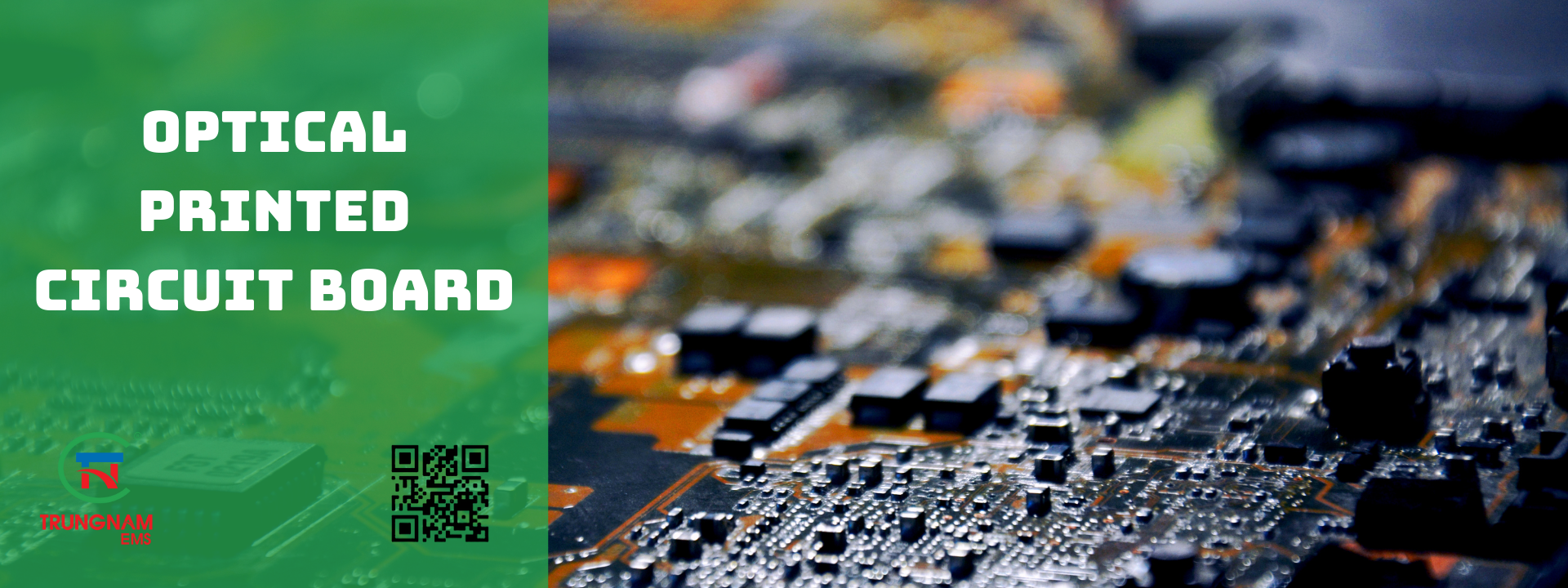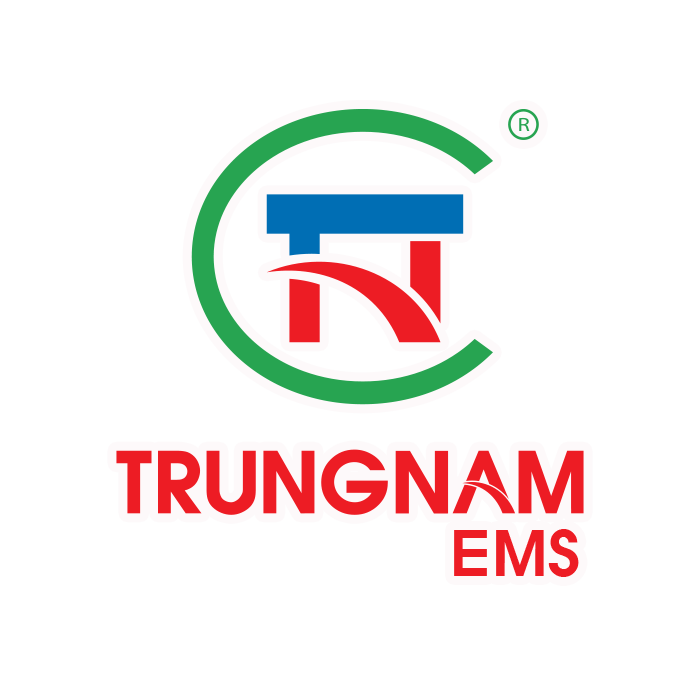
The connections needed to improve Internet switch speed is closely correlated with the end result of data aggregation. We want dependable connections to enable the next-generation Internet switches when they become available. Utilizing optical PCB will result in such. i
In this post, Trung Nam Ems will describe optical circuit boards, discuss their commercial importance, and outline their advantages.
1. What is an Optical Printed Circuit Board?
It is a kind of circuit board that is used to make the specialized interconnects needed to connect optical interconnects.
2. Optical Interconnects on a PCB?
You might be curious as to why these linkages were carried down to the PCB level. It is not altogether unexpected that optical linkages are created here given the constantly expanding use cases and applications of Printed Circuit Boards (PCBs).
This is a departure from the traditional usage of chip-to-chip interconnects, which, although being around for a while, is now making way for newer technology.
On the basis of Photonic Integrated Circuits (PICs), optical interconnects are now commercially available.
We are hopeful about the future even if the optical PCB of today is still built using COTS components.
3. Why Optical PCBs Became Popular
3.1 The Importance of Avoiding Signal Loss Problems
- The available Internet switches are not completely capable of handling the data speeds. It has become essential to improve the performance of these switches due to the demands for larger data rates from next-generation Internet switches and high-end PCs.
- The switches of today, however, handle data packets (rates) in Gigabytes per second (Gbit/s). These data rates are less than the predicted Terabytes per second (Tbit/s) data rates of next-generation Internet switches.
- One can be certain of signal loss during the transmission of data rates if one relies on the present switches and connectivity technologies.
3.2 Considerations for Wire Geometry
It is almost difficult to use the current electrical connections technology because of the shape of the wire. For instance, the increased use of copper wire nowadays reduces the speed of data transmission in the following ways:
- The resistance’s ratio to the wire’s length as well as the inverse relationship between the wire’s length and cross-sectional area.
- Since the cable is often thinner, the data transmission speeds are further reduced.
3.3 Limitations in Scaling
Scaling or expanding the performances of electrical/optical interconnects is now a difficulty. This is due to a number of reasons, including:
- Reflection
- Signal loss
- Crosstalk
- Space restrictions prevent the use of thicker wire
- Increased noise and power consumption as a result of using a harder connection to decrease conversion time.
- An increase in power consumption and operating expenses for scaling present interconnects up to 100 Gb/s.
4. How are optical interconnects integrated in printed circuit boards?
Optical interconnects are now built using COTS components, however there are ideas that in the future, optical interconnects will be directly printed on the circuit substrates.
It’s also important to note that the PCBs’ use of optical waveguides facilitates the integration of optical interconnects. The onboard interconnects’ overall performance would be significantly enhanced by the potentials.
5. The Advantages of Optical PCB
In addition to reducing the length of the links for high-speed electrical communications, the incorporation of optical interconnects in to PCBs also provides the following advantages:
5.1 Independent signal propagation
- Problems with signal integrity and signal loss are frequent drawbacks of traditional electrical connectivity technologies. With the integration of optical interconnects into PCBs, this is now being addressed.
- The limitations of space are no longer a barrier to the independent transmission of optical signals. The employment of an image processing method that provides strong dimensional integrity of the waveguide layer improves this as well.
5.2 Improved Speed and Overall Performance
Due to the following factors, the optical circuit board’s overall performance is guaranteed:
- The speed of the optical connections is independent of the connecting channel.
- The processing and functional requirements are partially satisfied by a photo-imaginable waveguide material.
5.3 Increased Reliability
With the optical PCB technology, one may be sure that the signals will have increased reliability:
- Three-dimensional (3D) open space allows optical signals to move.
- The transmission rate of data has significantly increased.
5.4 Balancing Performance and Cost
With the new optical PCB framework, it is now feasible to get better performance at reasonable prices. It helps reduce power consumption while also decreasing the cost of the material used, in addition to shrinking the physical size of the electrical connection.




